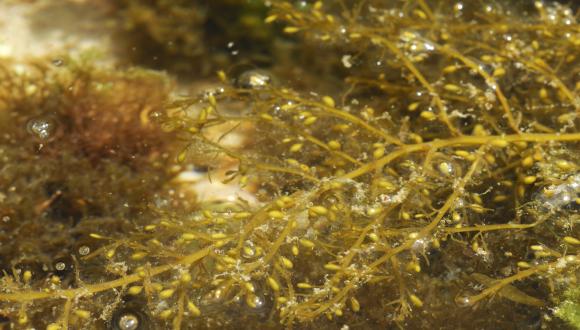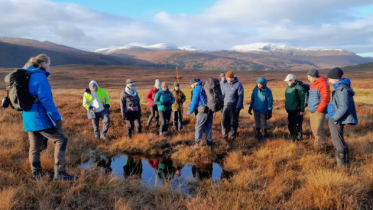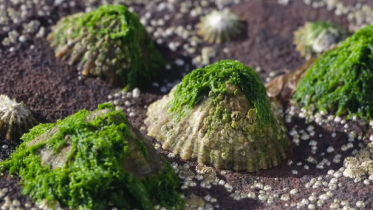Freshwater non-native species
Invasive species are among the greatest threats to freshwater biodiversity, as they can badly affect native species and the ecosystem.
Globally, invasive species have contributed to 40% of the animal extinctions that have occurred in the last 400 years.
In Scotland, freshwater invasive species are becoming more of a problem, and we are working with others to address the issue.
Preventive action and control
Prevention is better than cure, as invasive species can be very difficult and expensive to control, particularly in rivers and lochs.
To prevent aquatic invasive species from becoming established, we support the Rivers And Fisheries Trusts of Scotland (RAFTS) Invasive Species and Biosecurity Programme. This aims to highlight the threat posed by aquatic invasive species, improve ‘biosecurity’ and promote action.
We also target specific invasive species for conservation action. It’s often very difficult, if not impossible, to eradicate some species after they become established, so early action is often the only real hope.
There have been some notable successes in controlling invasive species, such as the Hebridean Mink Project, the Tweed Invasives Project and SISI in north Scotland.
These show that with determination, commitment and sufficient resources we can win the battle against some invasive species in our rivers and lochs.
Problematic non-native species
A number of non-native species are already present in and around our rivers and lochs. Few of these are invasive, but several have become established and are causing problems.
Problematic species include:
- American mink (Neovison vison) – see the Hebridean Mink Project
- North American signal crayfish (Pacifastacus leniusulus)
- New Zealand pigmyweed (Crassula helmsii)
- ruffe (Gymnocephalus cernuus)
- Canadian pondweed (Elodea canadensis)
- Nuttall’s pondweed (Elodea nutallii)
- Giant hogweed (Heracleum mantegazzianum)
- Japanese knotweed (Fallopia japonica)
- Parrot’s feather (Myriophyllum aquaticum)
- Himalayan balsam (Impatiens glandulifera)
- Curly waterweed (Lagarosiphon major)
Invasive species close to Scotland
These invasive species are close to, but yet to reach, Scotland:
- Salmon fluke (Gyrodactylus salaris)
- zebra mussel (Dreissena polymorpha)
- floating pennywort (Hydrocotyle ranunculoides)
- Asian topmouth gudgeon (Pseudorasbora parva)
Effects of invasive species
Invasive non-native species are non-native animals or plants that have the ability to spread, causing damage to the environment, the economy, our health and the way we live.
They threaten our native plants, animals and habitats, often by displacing native species and dominating habitats. Invasive species also cost us a huge amount of money – estimated at between £2 billion and £6 billion per year in the UK.
A 2006 government report estimated that the introduction of the salmon parasite Gyrodactylus salaris to our rivers would cost Scotland £633 million. The impact on rural communities would be severe.
Means of introduction
Non-native species can be introduced by accident or deliberately by:
- boats, canoes or fishing equipment used for recreation
- the transport of fish for fisheries and aquaculture
- escapes from gardens and ponds
- garden centres
- collections for aquariums
What you can do
You can help by ensuring that you don’t accidentally release any invasive species into Scotland’s waters. Preventing introductions is the first priority. But early action is also critical, so you should also report any aquatic invasive species.






